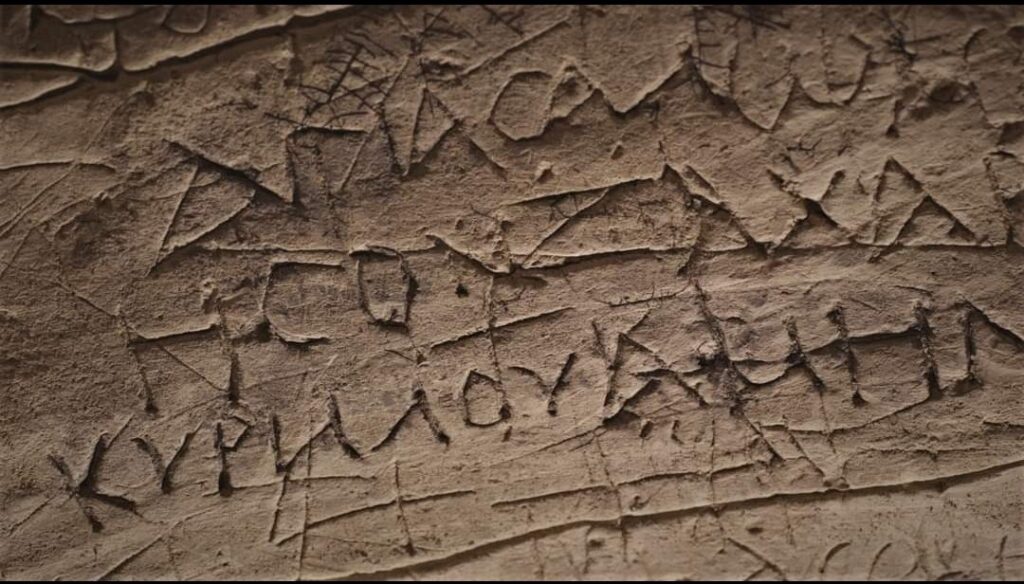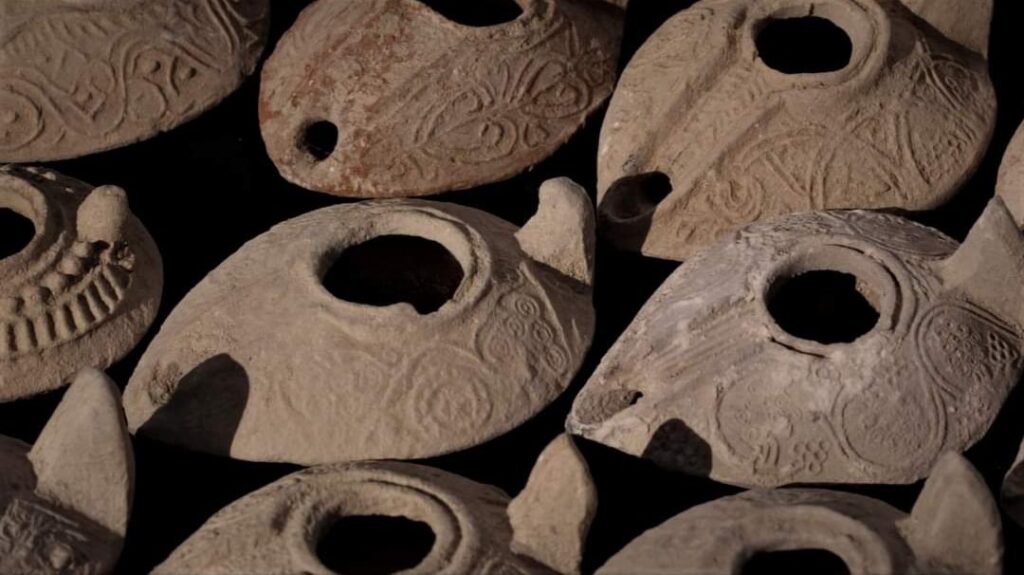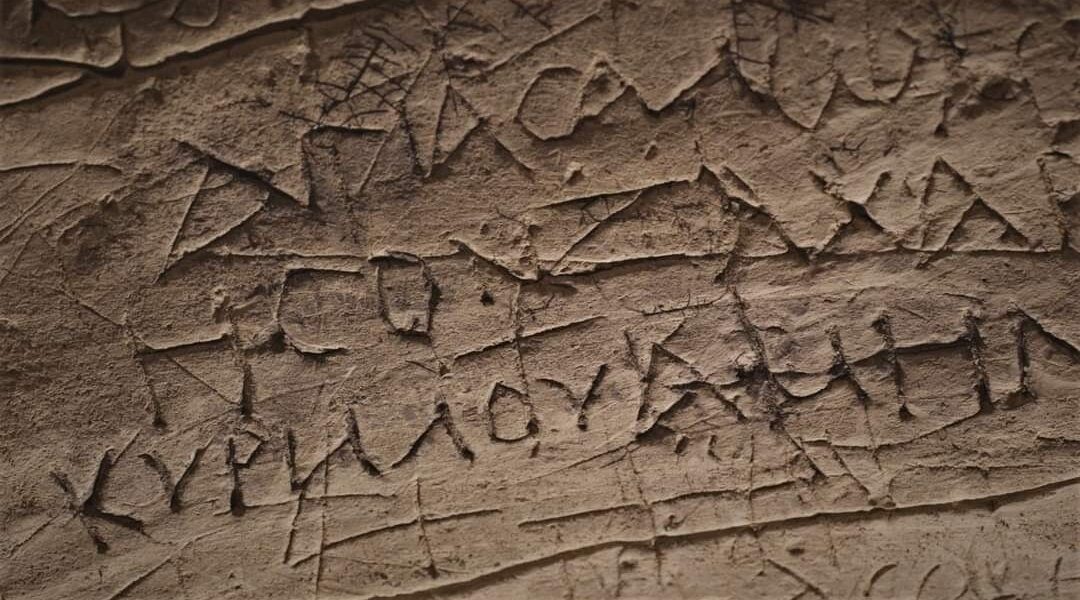A 2,000-year-old burial cave found in a forest in Jerusalem is believed to be the tomb of the midwife who helped with the birth of Jesus - following excavations that uncovered inscriptions citing 'Salome, who was Mary's midwife.'
The Israel Antiquities Authority (IAA) announced - just days before the Christian world celebrates the birth of Christ - that the carvings in ancient Greek and Arabic are enough to prove 'this is the cave of holy Salome.'

Teams have also discovered ruins of shops nearby, dating from between the eighth and ninth centuries, that sold oil lamps used in prayer.
Hundreds of complete and broken lamps were found in the forecourt, 'proving' that the cave was a place of worship.

IAA archaeologist Zvi Firer said: ' We believe that pilgrims would come here, rent an oil lamp, perform their prayers inside, and go on their way.
'It's like today when you go to the grave of a revered rabbi and light a candle there.'
Salome's role as an assistant to the midwife at Christ's birth is recounted in the Gospel of St James.

“The name Salome may have appeared in antiquity on one of the ossuaries [stone boxes] in the tomb, and the tradition identifying the site with Salome the midwife developed, with the cave becoming venerated by Christianity,” he told the Times.
The cave consists of several chambers, including the first room that dates back to the Second Temple period, or from the sixth century B.C. to A.D. 70, according to the Times. The inner rooms of the burial cave are from the Byzantine era, or from around A.D. 300 to A.D. 600.
The recent discoveries come as archaeologists prepare to open the cave to the public for the first time as part of the Judean Kings Trail, a 60-mile trek featuring dozens of historical, archaeological sites.
The IAA, the Ministry for Jerusalem and Heritage, and the Jewish National Fund lead the project.


